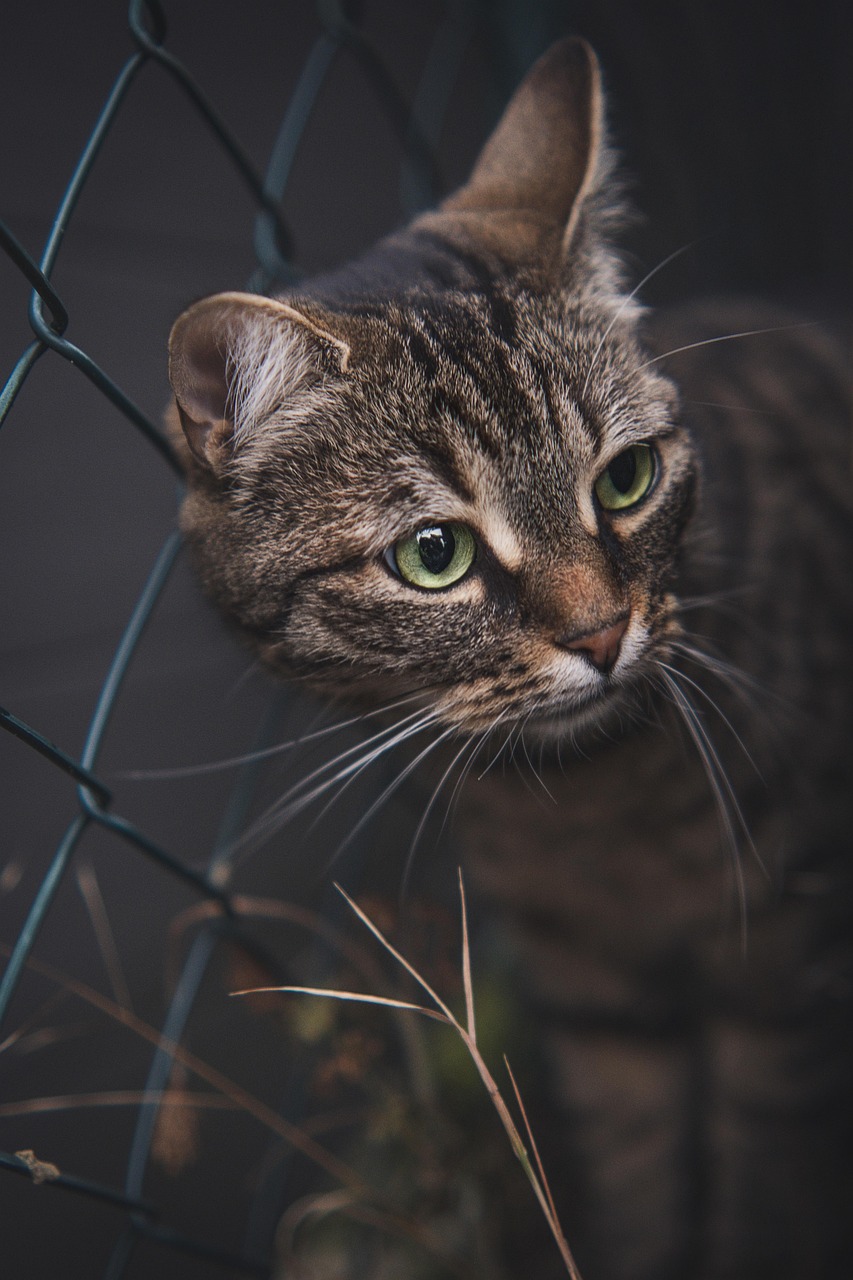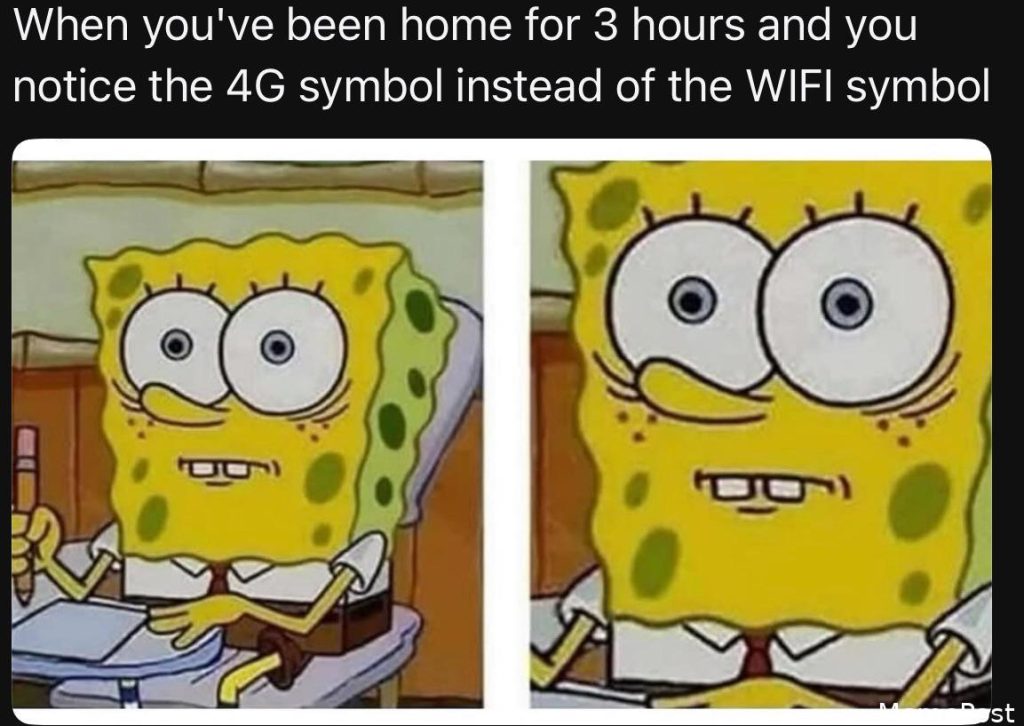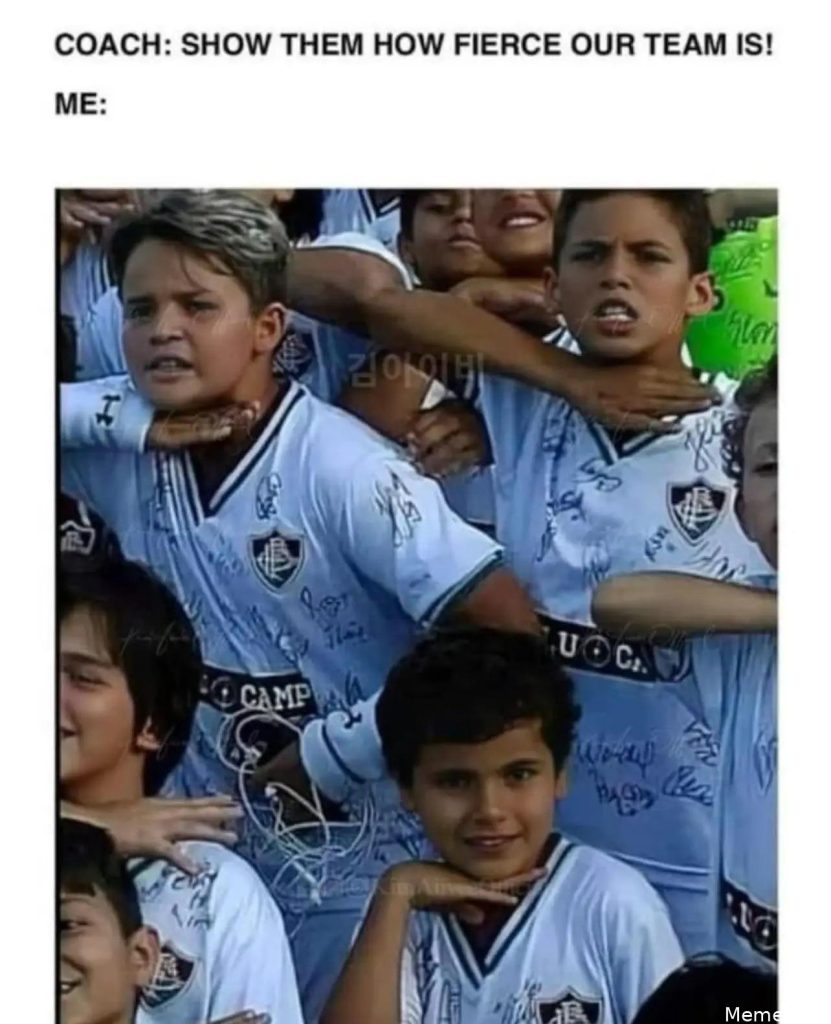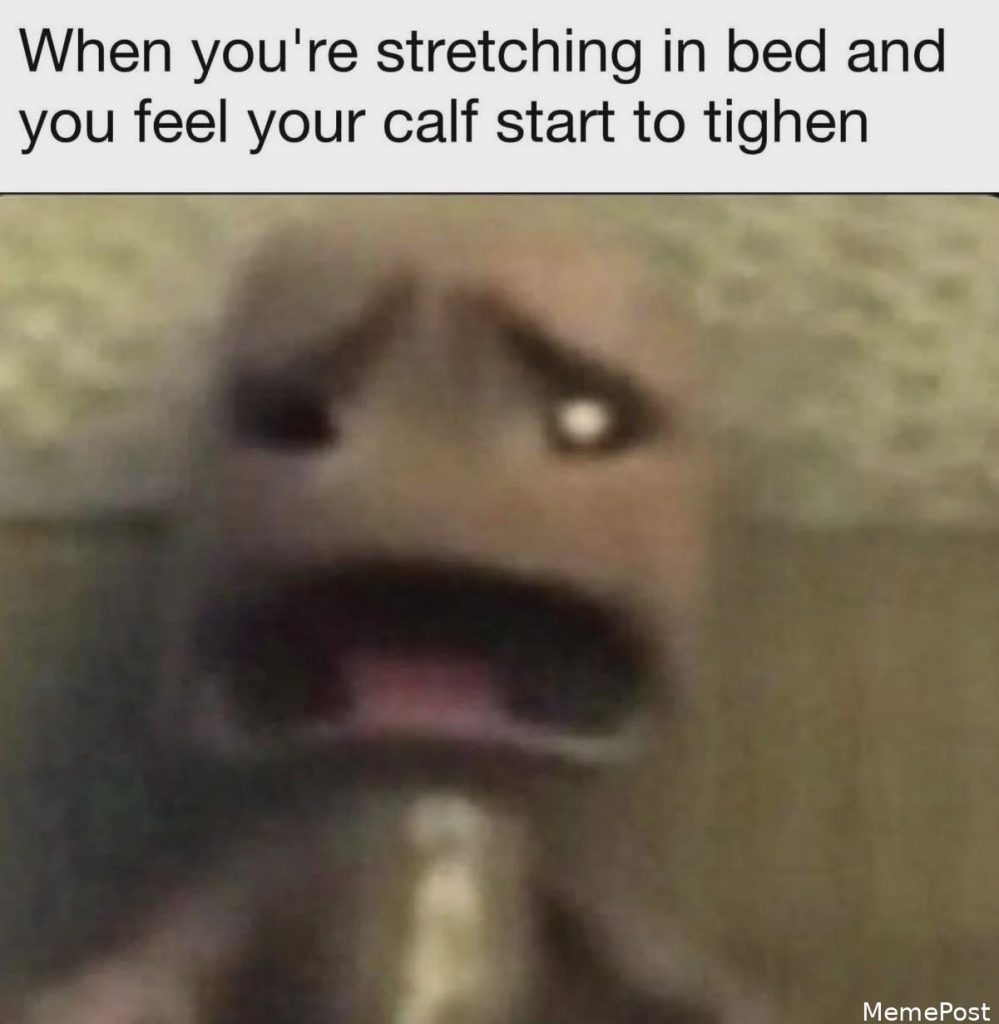I took the neighbors cats to the humane society
 Image credit: Pixabay (This is example image – Not the actual photo)
Image credit: Pixabay (This is example image – Not the actual photo)
When Good Intentions Lead to Heartbreak
In a desperate attempt to save neighborhood cats from freezing during a harsh winter, one compassionate resident finds herself at the center of a heated controversy. After rescuing several felines and returning them to a chaotic home, she inadvertently triggers a series of events that lead to the confiscation of the owner’s pets. This story raises questions about responsibility, community, and the fine line between helping and harming. It’s a relatable tale for many who grapple with the complexities of animal welfare and the emotional weight of unintended consequences.
Neighborhood Cat Rescue Leads to Family Drama
Over the past decade, I have encountered numerous frozen cats in my neighborhood during cold snaps. These cats often seek warmth under cars or near houses, only to succumb to the freezing temperatures. This heartbreaking situation has motivated me to take action.
- Recently, I noticed around 20 cats roaming the neighborhood.
- To address the issue, I sent a friendly note in our neighborhood group chat and also mailed physical reminders, urging residents to keep their cats indoors during extreme cold.
- Responses varied, with some residents insisting that cats are meant to roam and cannot freeze to death.
However, one resident, who works with the humane society, suggested a more proactive approach:
- She recommended that we trap the cats before the impending freeze.
- In just 12 hours, I managed to trap eight cats in my yard, ranging from large adults to a couple of four-month-old kittens.
Among the trapped cats, one was microchipped, leading the humane society to contact its owner. The situation escalated quickly:
- Instead of retrieving her cat, the owner confronted me, threatening to have me arrested for “stealing” her pets.
- It turned out she owned the microchipped cat and two kittens, which cost her $300 to reclaim.
Just 24 hours later, the kittens managed to break into my greenhouse, seeking shelter in the hay I had stored for my indoor rabbits. Faced with this situation, I decided to return the kittens to the animal shelter:
- The owner returned, visibly upset, claiming that the humane society had obtained a warrant to confiscate all her animals due to unsafe living conditions.
- She had been keeping around 20 animals in a small two-bedroom mobile home, with several others left to roam or chained outside.
- Her young daughter was in tears over the loss of their pets.
Now, I find myself grappling with feelings of guilt:
- The little girl misses her animals, and her mother is facing the reality of having to give up many of them due to her inability to care for such a large number.
- This situation has sparked significant family drama, and I am left questioning whether my actions were justified.
In the end, my intention was to promote conflict resolution regarding the welfare of these animals, but the outcome has led to unintended consequences for the family involved.
This is Original story from Reddit
 Image credit: Pixabay (This is example image – Not the actual photo)
Image credit: Pixabay (This is example image – Not the actual photo)
Story
Over the last 10 years, I’ve found several frozen cats after cold snaps. They get up under cars or next to the houses and end up freezing to death. It breaks my heart every time.
This year, I’ve seen around 20 cats running in the neighborhood, so I sent a friendly note to everyone in the neighborhood group chat, plus physical mail, asking people to make sure their cats don’t freeze when the temperature is going to stay well below freezing for several days.
I had several people inform me that cats can’t freeze to death and that they’re meant to roam, not be cooped up.
One lady, however, sent me a message that she works with the humane society and suggested we trap the cats before the big freeze. In my yard alone, I managed to catch 8 cats in 12 hours, from big cats to a couple of smaller ones around 4 months old.
One of the cats was microchipped, and the humane society called the owner. Rather than going and getting her cat, the owner came to my house and threatened to have me arrested for stealing her cats.
It turned out she owned the chipped one plus 2 kittens, and it cost her $300 to get them back. Fast forward 24 hours, and the kittens had managed to break into my greenhouse and bed down in the hay I stored in there for my indoor rabbits.
I took the kittens back to the animal shelter. The owner came back throwing a hissy fit and told me that the humane society had obtained a warrant for all her animals to be confiscated because of unsafe conditions.
I honestly didn’t know they could get a warrant to confiscate animals. She had a little girl with her who was bawling her eyes out over her kitties and puppies being taken. It seems the mom had 20 animals in a small 2-bedroom mobile home, plus several that were left to run wild or chained in the yard.
Now I feel like an asshole because the little girl misses her animals, and mom is going to have to give up at least part of them because she can’t keep up with them.
TLDR
Neighborhood animals were running wild, and I took them to the animal shelter. The owner ended up losing all her and her daughter’s pets.
View the Original Reddit Post Here
Summary of Reddit Comments
The top Reddit comments indicate a strong consensus that the original poster (OP) is not at fault (NTA) for intervening in a situation involving an apparent animal hoarder. Users emphasize the importance of animal welfare over the emotional distress of the neighbor’s child, arguing that the animals were in a dangerous environment and needed to be rescued. Many commenters also express concern for the child’s wellbeing and suggest that authorities should investigate the living conditions further.
Verdict: NTA
Expert Advice for Resolving the Conflict
In situations like this, where animal welfare intersects with family dynamics, it’s essential to approach the conflict with empathy and a focus on constructive solutions. Here are some practical steps for both the original poster (OP) and the neighbor to consider:
For the Original Poster (OP):
- Open a Dialogue: Reach out to the neighbor to express your concern for both the animals and her family. A calm conversation can help clear misunderstandings and foster cooperation.
- Offer Support: If you feel comfortable, offer to help her find resources for animal care or rehoming. This could include contacting local shelters or rescue organizations that can assist in finding suitable homes for the animals.
- Educate on Animal Welfare: Share information about responsible pet ownership and the importance of keeping pets in safe environments. This can help her understand the implications of her current situation.
- Encourage Professional Help: Suggest that she seek assistance from animal welfare organizations or social services that can provide guidance on managing her pets and improving her living conditions.
For the Neighbor:
- Reflect on Living Conditions: Take a moment to assess the current living situation for both her family and the animals. Recognizing the challenges can be the first step toward making positive changes.
- Seek Help: If overwhelmed, consider reaching out to local animal welfare organizations for assistance. They can provide resources for rehoming pets or improving living conditions.
- Communicate with OP: Engage in an open conversation with the OP. Express your feelings and concerns, and be willing to listen to their perspective. This can help rebuild trust and understanding.
- Focus on the Child’s Wellbeing: Acknowledge the emotional impact on her daughter and consider ways to help her cope with the loss of the pets. This could involve finding new pets that can be cared for properly or engaging in activities that distract from the loss.
Community Involvement:
- Organize a Community Meeting: Consider bringing neighbors together to discuss responsible pet ownership and community support for animal welfare. This can foster a sense of responsibility and collaboration.
- Promote Resources: Share information about local animal shelters, veterinary services, and pet care resources that can help residents manage their pets better.
By taking these steps, both parties can work towards a resolution that prioritizes the welfare of the animals while also addressing the emotional needs of the family involved. Compassionate communication and community support can lead to a more harmonious neighborhood.
Join the Discussion
 Image credit: Pixabay (This is example image – Not the actual photo)
Image credit: Pixabay (This is example image – Not the actual photo)
What do you think? Would you have handled this differently?
Share your thoughts below! Vote: Do you agree with Reddit’s verdict?













